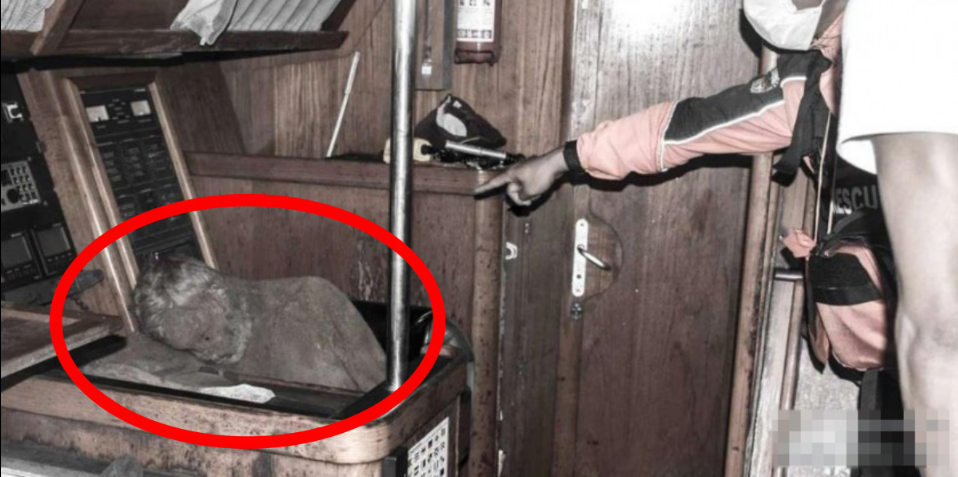
Prehistoric Treasure Unearthed: Mammoth Carcass Found In Siberian Permafrost Surprises Scientists
The new discovery has been named ‘golden mammoth’ because of the color of its fur.
At just 2.1 meters (seven feet) tall, it is half the size of a typical mammoth.
It has been preserved in underwater permafrost and is only visible at low tide.
The water tomb will be excavated in the summer of 2019, according to archaeologists

The carcass of a pygmy woolly mammoth has been unearthed in Siberia and could be evidence of a new species of “minimammoth”.
The dead animal was discovered preserved in the permafrost of Kotelny Island and could be almost 50,000 years old, according to experts.
Nicknamed the ‘golden mammoth’ due to the striking color of its fur, the dead animal’s diminutive stature has led some to believe it could be evidence of a never-before-seen ‘mini-mammoth’ species that lived during the last ice age. .
 The adult stands seven feet (2.1 meters) tall, less than half the massive 16 feet (4.8 meters) height of a normal woolly mammoth.
The adult stands seven feet (2.1 meters) tall, less than half the massive 16 feet (4.8 meters) height of a normal woolly mammoth.
The pygmy’s sand-covered remains now lie embedded in underwater permafrost.
The body is only visible at low tide on the Russian island of Kotelny, which lies between the Laptev and East Siberian seas.

Mammoth expert Dr. Albert Protopopov, head of the department for the study of mammoth fauna at the Academy of Sciences of the Republic of Sakha (Yakutia), insists after examining the carcass that it is an adult, not a a hatchling, and that the specimen will be extracted from its inaccessible grave next summer.

Dr Protopopov, head of mammoth fauna at the Academy of Sciences in the Siberian region of Yakutia, said: “Their hairs look golden in the sun.”
A stunning image of the specimen shows that one tusk is completely intact, while the other has been broken or cut off, with its “golden” tufts visible.
Miniature mammoth bones have previously been found in some places, but this is the first time a carcass has been discovered in the region.
He also believes that many of those bones were from stunted mammoths on remote islands in the period before their extinction, when the species was declining and disappearing.
On the contrary, he believes that the new find dating back to between 22,000 and 50,000 years ago is an example of a different subspecies or species of mammoth that thrived in the Arctic.
“I think this mammoth is related to the peak period of the species,” he told The Siberian Times.

“Our theory is that in this period mammoths increased significantly in number and this led to the greatest diversity of their forms. That is why we want to test this theory.
“We still have to find out if this is an anomaly or something quite typical for this area: when an adult mammoth looks like a pygmy.
‘We have received reports of small mammoths found in that particular area, both adults and babies.
“But we had never come across a body. This is our first opportunity to study it.
Examples of pygmy mammoth bones have previously been found on remote islands, as far away as Wrangel in the Arctic and the Channel Islands off the coast of California.
Kotelny, now an island, was connected to the Siberian mainland during the Ice Age and is a well-known mammoth necropolis.
Despite this, the latest discovery has been described as “unique”.
Dr. Albert Protopopov does not believe that the dwarf mammoth found in Kotelny is due to the “island effect,” caused by a declining species isolated in a remote location.
Today, the island is a key base in Vladimir Putin’s military expansion in the Arctic.




